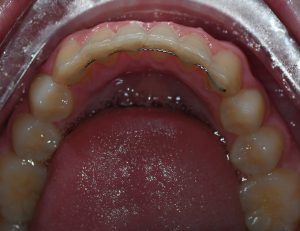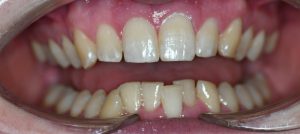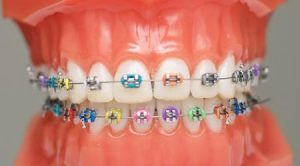Clear Aligners can effectively treat bite problems, including:
- Crowding
- Gaps between teeth
- Underbite – when all the upper teeth sit behind the lower jaw
- Overbite – when the upper front teeth cover part of the lower front teeth
- Crossbite – when one or more upper teeth fit inside of the lower teeth
Dr. Daniel Kaufman has successfully treated patients experiencing the following bite problems with SureSmile® Clear Aligners:
- Crowding
- Gaps between teeth
- Underbite – when all the upper teeth sit behind the lower jaw
- Overbite – when the upper front teeth cover part of the lower front teeth
- Crossbite – when one or more upper teeth fit inside of the lower teeth
To find out if aligner treatment is right for you, please make an appointment with Dr. Kaufman. We will be happy to examine and explain what is the condition of your teeth and the way to improve the appearance and function of your teeth.




